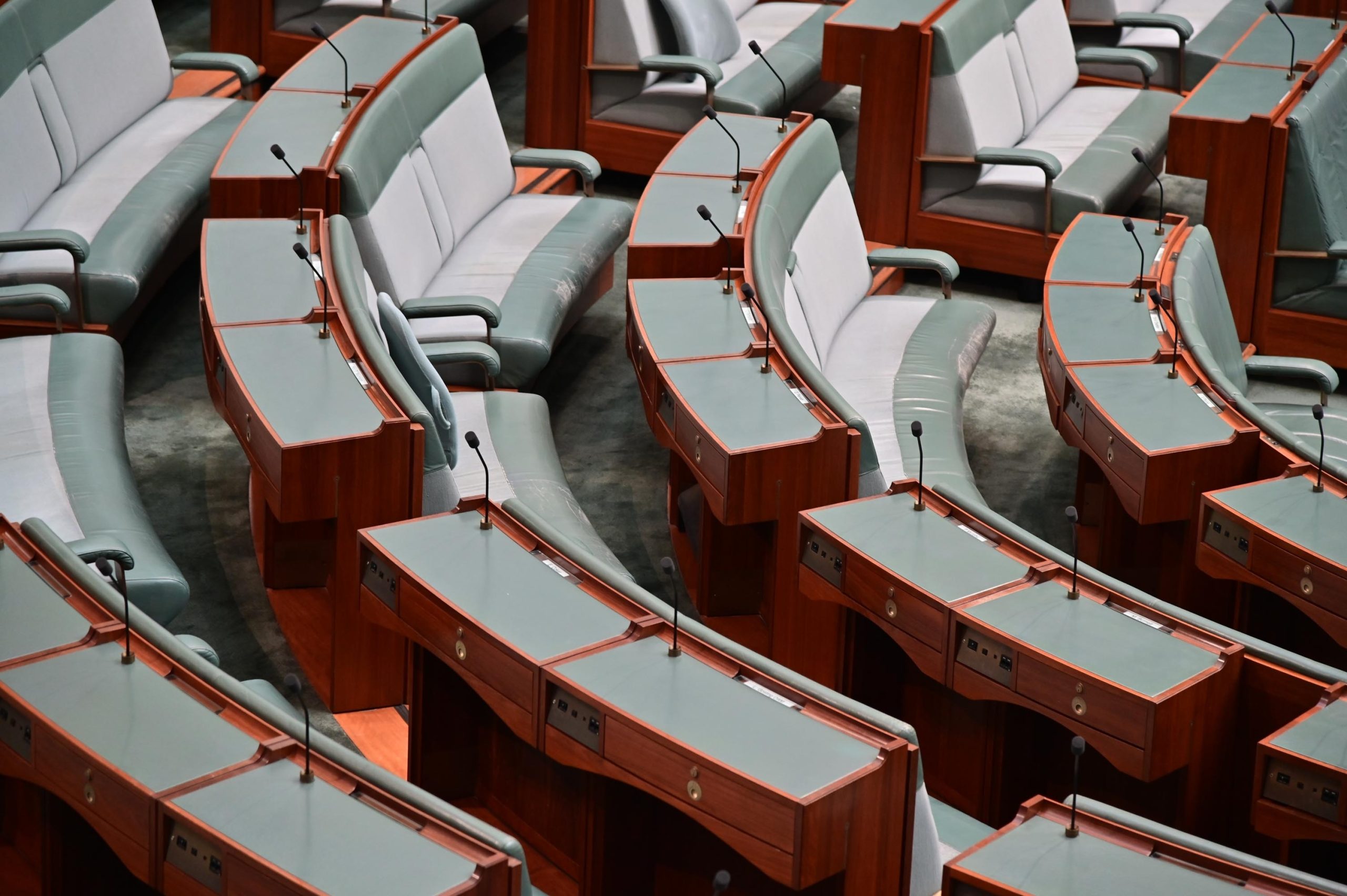The Inside Word

Federal Politics: Five insights from a turbulent month
SAS Group director Bernie Ripoll called last month’s federal climate “the winter of voters’ discontent.” From our perspective, the political winter is still well and truly here a month later.
Federal politics has the Prime Minister caught in a whirlwind of over a dozen issues. To give you a taste, we have GDP growth, inflation, the RBA, big box retailing, the 2026 census, the NSW Liberal Party, the CFMEU, NDIS reforms, international student caps, private hospitals, the Pacific Islands Forum, wage increases for aged care and child care workers, the implications of the Northern Territory election, delays to the Prime Minister’s wedding, and personnel changes within his office.
What do you need to know? As we move towards an election footing, here are five insights from our work with the Federal Parliament:
The Government wants to focus on the economy but is highly nervous about social policy missteps
The Government has tried to emphasise its achievements, such as delivering consecutive surplus budgets, tax cuts, and energy rebates, along with wage increases for early childhood and aged care workers. It believes that re-election hinges on being trusted to manage the economy for another three years. However, issues such as the handling of refugees from Gaza and the RBA’s comments on federal and state fiscal policy have derailed its economic message.
On social policy, the Government has remained largely cautious. So far, it has resisted calls from its backbench and the Teals to push further on gambling advertising reform. Regarding changes to census questions, while the Government’s insight into the political risks may have been sound, its handling was messy at best, providing ample opportunity for the Opposition to question its competence.
Expect this trend to continue, with the Government focusing on the economy while treading carefully on social policy to consolidate its voter base.
The Government’s messaging isn’t cutting through, especially with young people
Although the Government’s plan is to focus on the economy, the data shows that its political messaging isn’t resonating. According to Redbridge’s research, fewer than 1 in 4 voters can name anything significant that the Albanese Government has achieved, and this drops to just 15% among 18-34 year-olds. This leaves an opening for both the Greens and the Coalition to court younger voters.

The Coalition is making smart moves to establish its campaign infrastructure
Recently, the Federal Executive of the Liberal Party sought to take control of the NSW Liberal Party, and media reports suggest that the Coalition is planning to move its campaign headquarters from Brisbane to Sydney.
These moves demonstrate how seriously the Coalition is taking its chances at the next election. The NSW Liberal Party is clearly in need of reform, and basing the campaign headquarters in a key battleground where they aim to win seats, rather than in a stronghold, keeps campaign staff and volunteers grounded where the contest is fiercest.
The Greens are looking to add construction workers to an already fragile voting base
The image of the Member for Griffith addressing CFMEU members in Brisbane caught the attention of political insiders. While a CFMEU in administration cannot make political donations, the Greens appear to be positioning themselves to gain support from CFMEU members and allies who oppose the administration.
If successful, the Greens’ voting base would expand to include renters, pro-Palestine advocates, and disgruntled CFMEU members. However, this is a fragile coalition. Many believe that while the Greens may take on these groups without losing support elsewhere, it will be difficult to keep such a diverse base satisfied, given their often conflicting views. Government members are likely to exploit any divisions as the election nears.
The election is likely to be a scrappy contest for renters and young people
ANU’s analysis of the 2022 federal election found that key issues included cost of living, environmental concerns, economic management, health, and the popularity of Prime Minister Morrison. In the next election, cost of living and managing the economy will remain critical, but Prime Minister Albanese’s unpopularity is also likely to play a role. Labor’s 2022 election review noted that swinging voters tended to have tertiary education, lived in metropolitan electorates, and were of Chinese ancestry, with incomes below the median.
For the next federal election, renters and young people, the hardest hit by cost-of-living pressures, will likely be crucial. While previous elections targeted suburban families, expect a three-way contest focusing on young professionals, renters, and graduates. The Greens currently dominate this demographic, Labor has traditionally held it, and the Coalition is increasingly focused on ambitious home ownership policies to appeal to these voters.


